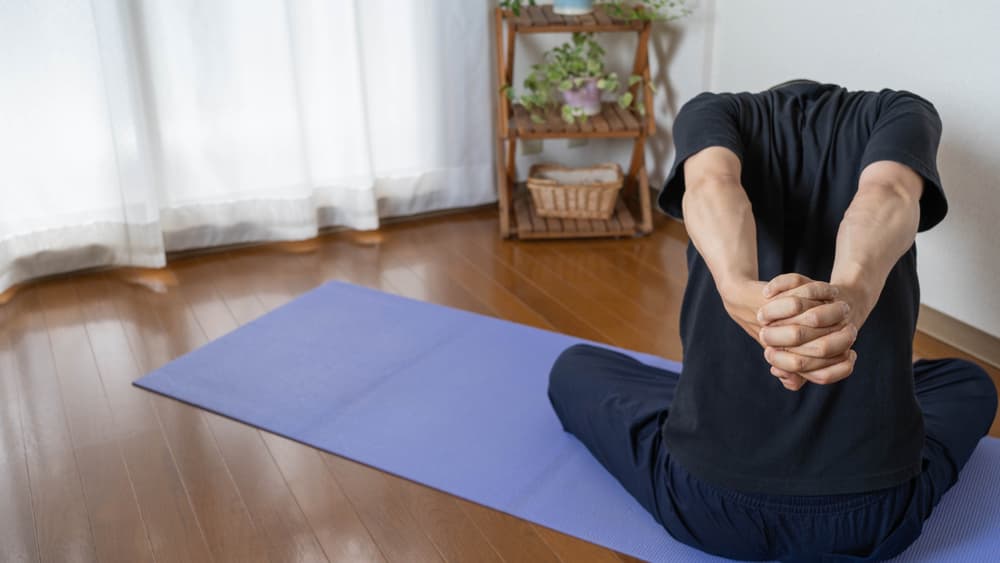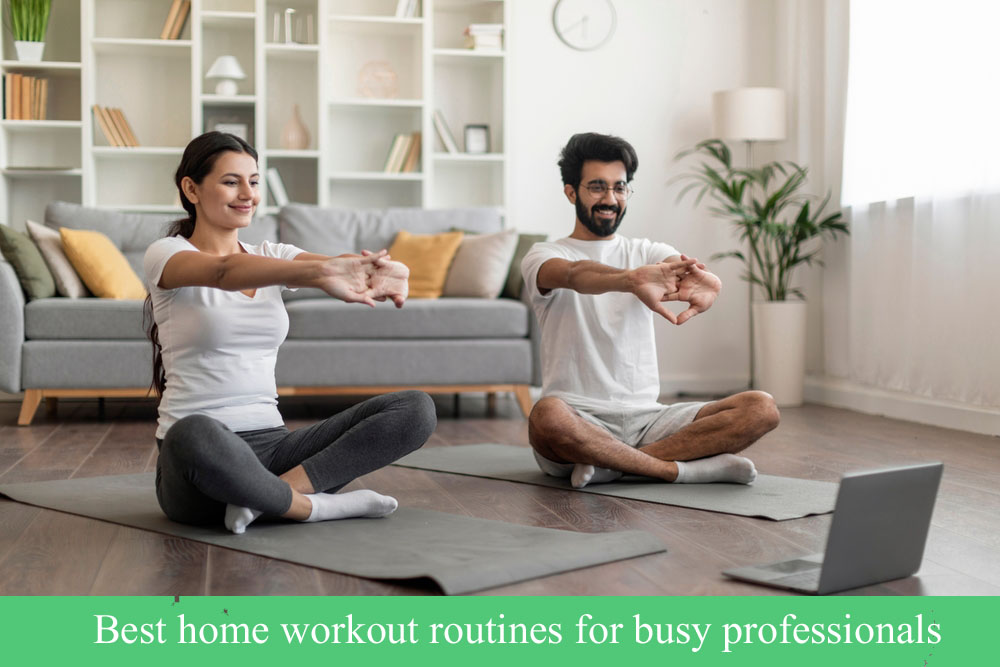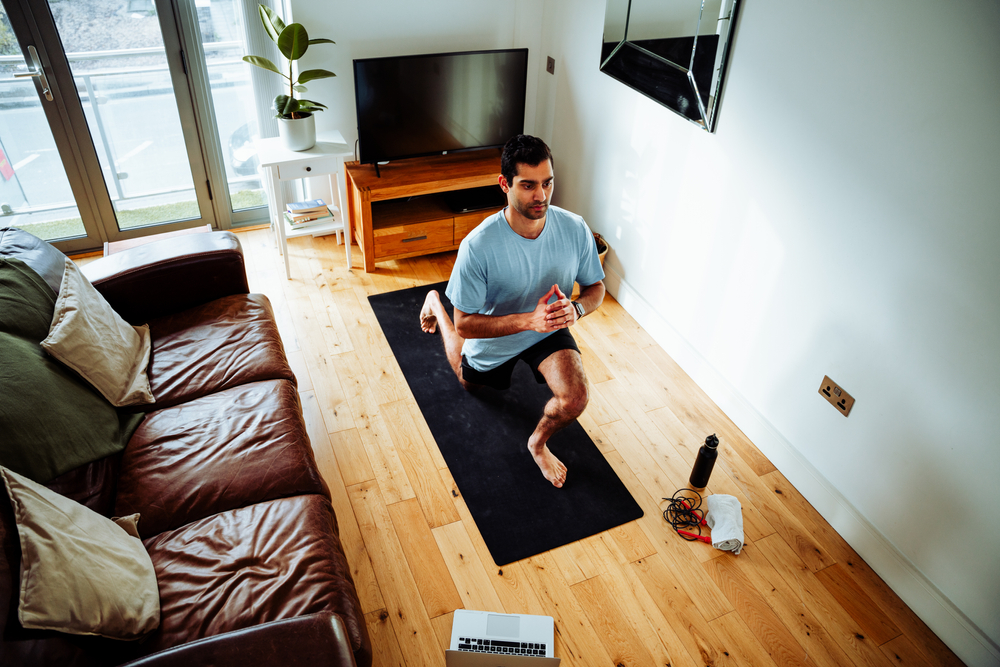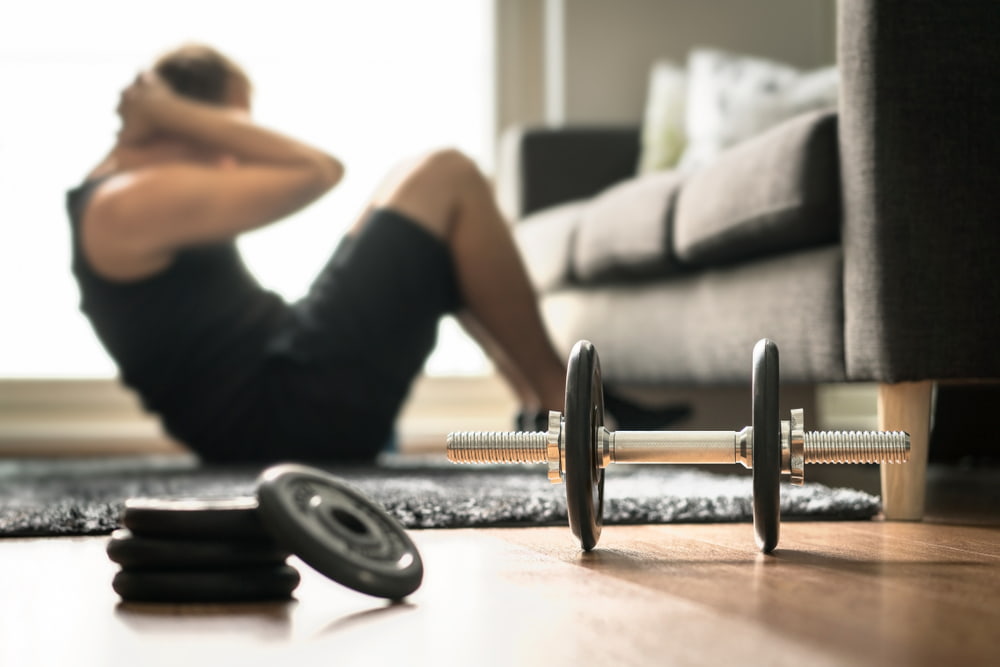5 Minute Fall Reset Workouts: Recover from Summer Slump Without Gym Gear


Why Fall Is the Perfect Time to Reset
When autumn arrives, the atmosphere naturally encourages change. The cooler air, shorter days, and shift from summer schedules create an opportunity to refresh your habits. Many people feel sluggish after a summer filled with late nights, barbecues, and irregular routines, which is why a fall fitness reset can make such a difference. You don’t need fancy equipment or long hours at the gym. Just five minutes of structured, no-equipment workouts can help you recover from the summer slump and get back on track.


Why 5 Minutes Really Works
It’s easy to dismiss short workouts as ineffective, but science tells a different story. A study published in the Journal of Sports Science & Medicine shows that even five to ten minutes of focused movement can boost metabolism, enhance mobility, and improve mood. Short bursts of activity are often more sustainable than ambitious workout schedules because they remove the mental barrier of “I don’t have time.” If you commit to moving for only five minutes, the odds of staying consistent increase dramatically.
Unlike long training sessions that sometimes feel overwhelming, quick bodyweight cardio or strength without weights routines are accessible to anyone. You can do them first thing in the morning, between meetings, or even before bed. These “micro-workouts” act as movement snacks throughout the day, keeping your body engaged and your mind alert.
The Power of Habit Stacking
Fall is a season of transition, and transitions are powerful times to build new habits. Psychologists suggest that linking a new behavior to an existing one called habit stacking improves adherence. For example, you might decide: “After I make my morning coffee, I’ll do a 5-minute reset workout.” By attaching the new activity to something you already do, you eliminate decision fatigue and make it almost automatic.
First 5-Minute Reset Workout
Here’s a simple full-body sequence you can try today. Set a timer for five minutes and flow through the exercises one after another. Move smoothly and breathe steadily.
- Half Squat to Reach (10 reps)
- Incline Push-Ups using a countertop or sturdy chair (8–12 reps)
- March in Place with strong arm swings (20–30 steps)
- Tall Plank Hold (20–30 seconds)
Repeat the circuit as many times as possible until five minutes are up. This blend of mobility, strength, and core stability is short but surprisingly effective. If needed, modify movements to suit your fitness level.
Building Momentum
The real key is not intensity but consistency. Doing a small workout daily builds momentum, and momentum is often more important than motivation. Over time, these short sessions accumulate into meaningful progress. You may notice improved posture, better energy, and sharper focus within just a couple of weeks.
For more in-depth routines, check the CoreWellFit blog, where we break down additional strategies for at-home fitness. Trusted organizations such as the American Heart Association also highlight the benefits of short, consistent exercise for cardiovascular health.
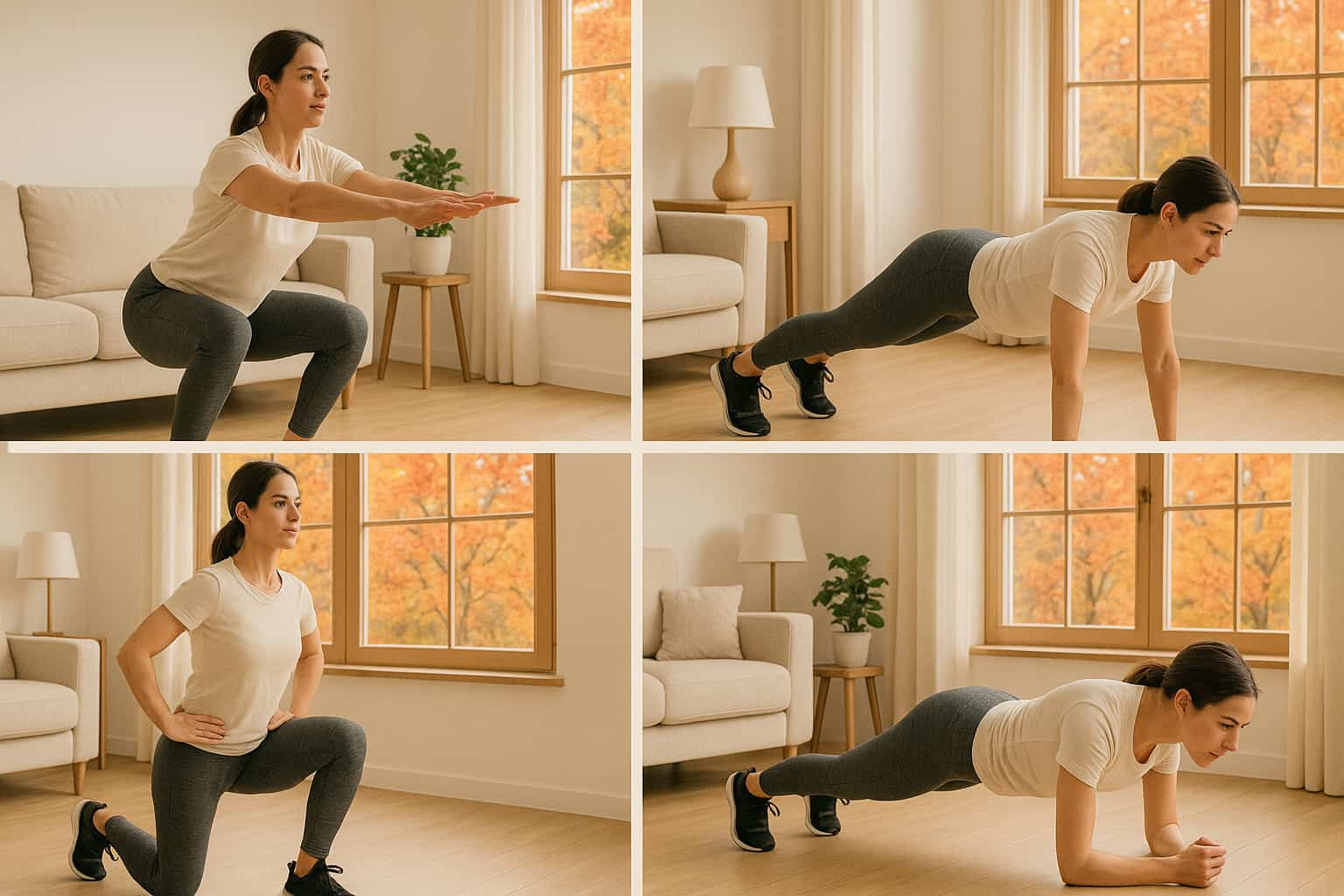

Adding Variety and Progression
Doing the same workout every day may help you stay consistent at first, but eventually your body and mind crave variety. When you rotate between different movement patterns, you target new muscles, challenge your coordination, and reduce the risk of burnout. In this step, we’ll cover three different five-minute routines that you can cycle through during the week each designed for a specific purpose: energy, posture, and strength.
Morning Energizer: Cardio and Core Activation
Mornings can feel heavy in the cooler months, but a short burst of bodyweight cardio clears the fog and gets blood moving. This routine is designed to be completed right after waking or before heading to work.
Circuit (30 seconds each, repeat twice if time allows):
- Jumping Jacks
- High Knees or Low-Impact Marching
- Mountain Climbers
- Plank Shoulder Taps
- Rest for 30 seconds
This blend of movements raises heart rate quickly, engages the core, and wakes up the nervous system. If jumping is difficult, low-impact marches and wall planks provide similar benefits without strain. Research from the Journal of Applied Physiology shows that even small bursts of aerobic activity help regulate blood sugar and improve mental clarity throughout the day.
Desk Reset: Mobility and Posture Fix
Long hours at a desk often cause stiffness in the shoulders, hips, and spine. A short mobility routine during a work break can reverse those effects, improve posture, and reduce discomfort.
Sequence (roughly one minute per move):
- Shoulder Rolls forward and back
- Seated Cat-Cow Stretch in a chair
- Seated or Standing Spinal Twist
- Hip Flexor Stretch with one foot forward
- Glute Squeeze Hold for activation
This workout is particularly useful in fall, when cooler air can make joints feel tighter. Doing it once or twice a day helps offset the negative effects of sitting. For background on posture science, see this Harvard Health article.
Weekend Strength Builder: Power Without Equipment
Weekends often allow for a bit more intensity. A short circuit that emphasizes strength without weights is enough to challenge your muscles and build endurance.
Circuit (40 seconds on, 20 seconds rest):
- Squats or Squat Jumps
- Push-Ups (floor or incline version)
- Reverse Lunges, alternating legs
- Side Plank, 20 seconds each side
- Burpees or Step-Back Burpees
This format works almost like a mini HIIT session, pushing both strength and cardiovascular systems in a compact timeframe. Over a few weeks, you’ll notice improved stability, endurance, and control. To deepen your strength progression at home, you can explore resources like the CoreWellFit workout library.
How to Progress Each Routine
Progression doesn’t have to mean adding hours. Small adjustments every week create long-term growth.
- Increase each exercise duration by 5–10 seconds.
- Add 1–2 extra reps per move.
- Complete an extra round when you feel stronger.
- Slow down the lowering phase of squats or push-ups to build more control.
By tracking these changes, you ensure that the body continues to adapt rather than plateau. Keeping a simple journal or phone note of your reps and times is often enough to see clear progress.
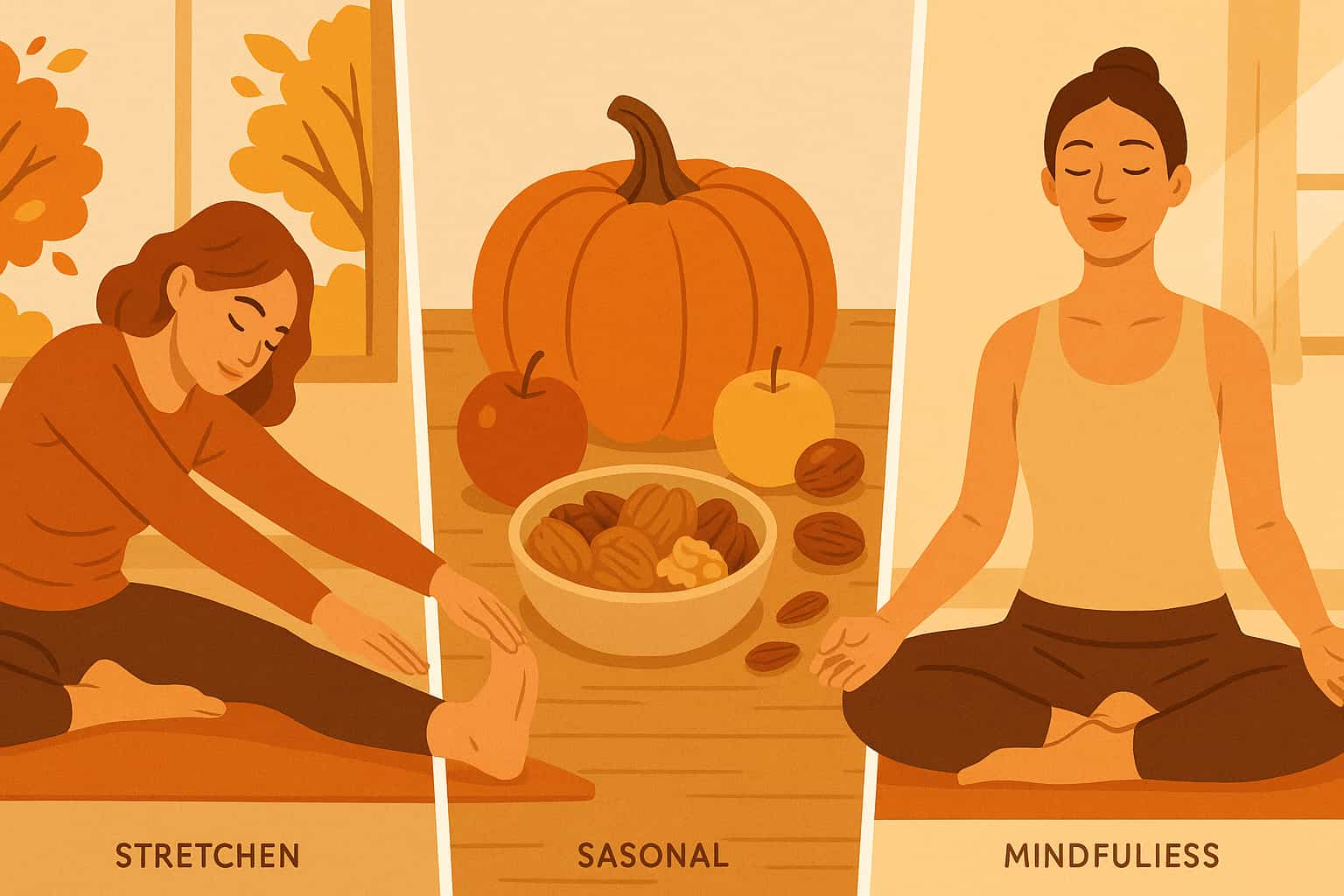

Recovery, Seasonal Nutrition, and Mindfulness
Movement is the foundation of a fall reset, but it is only one part of the bigger picture. To truly recover from the summer slump and build a sustainable rhythm, you also need recovery habits, balanced nutrition, and mindful practices. These three pillars complement short workouts and create a holistic approach to fitness.
Recovery: Protecting Joints and Muscles
Colder weather often makes joints feel stiff and muscles less responsive. That’s why recovery should be part of your workout plan, even if the workouts themselves are short. Spending just a few minutes before and after exercise on mobility and stretching helps reduce soreness and improve long-term flexibility.
A simple structure works best:
- Before the workout: one minute of dynamic moves such as arm swings, leg circles, or torso twists to warm the body.
- After the workout: static stretches like hamstring holds, chest openers, and calf stretches, each for 20–30 seconds.
- Evening mobility snack: child’s pose, a forward fold, and slow breathing for two minutes before bed.
These small investments not only improve performance but also help you avoid common fall injuries such as tight hamstrings or lower back strain. When recovery becomes routine, even short sessions feel smoother.
Nutrition: Fueling with Seasonal Foods
What you eat plays a key role in how you feel during workouts. Fall offers a natural advantage because seasonal produce is packed with nutrients that boost immunity and energy. For example, pumpkin and squash provide Vitamin A, apples supply soluble fiber that helps digestion, and dark leafy greens like kale and spinach reduce inflammation after exercise. Nuts and seeds, particularly walnuts and pumpkin seeds, offer omega-3 fatty acids that support joint health.
Instead of reaching for processed snacks, combine seasonal fruits with a source of protein or healthy fat. An apple with almond butter or roasted squash with quinoa is more than satisfying—it also stabilizes blood sugar and supports recovery. Short workouts become far more effective when paired with nutrient-dense meals.
For a practical overview of fall produce, see the USDA Seasonal Produce Guide. And if you want energy-focused meal planning ideas, check the CoreWellFit nutrition guide.
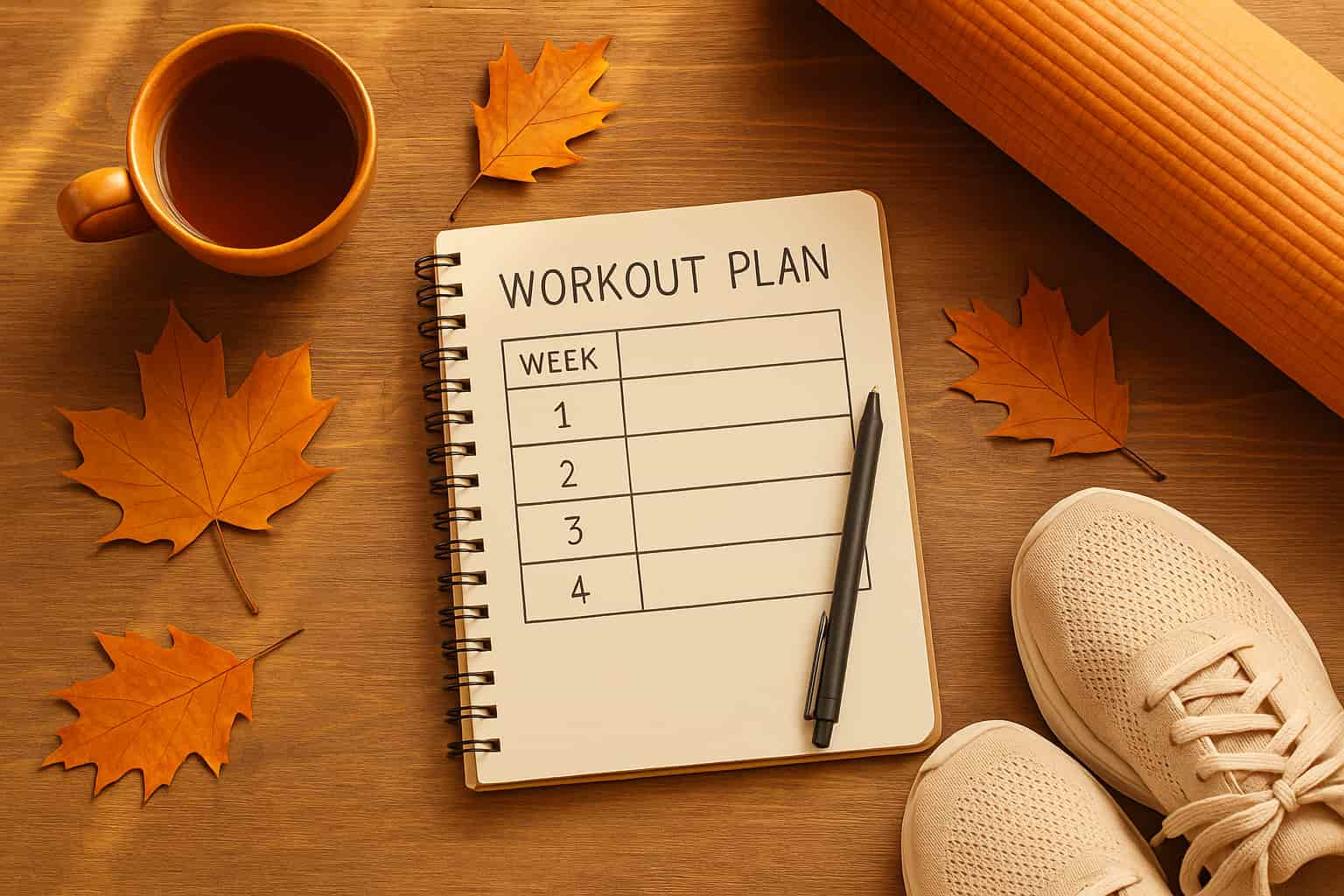

Mindfulness: Resetting More Than the Body
Autumn also brings mental challenges. Shorter daylight hours and colder evenings can reduce motivation and, for some, contribute to seasonal affective disorder. This is where mindfulness practices become powerful companions to short workouts.
Try this three-minute routine immediately after exercising: sit comfortably, close your eyes, and breathe deeply inhale for four counts, hold for four, and exhale for six. Visualize yourself building strength and resilience through consistent effort. Even a short breathing session lowers cortisol and reinforces the mental benefits of your physical reset.
According to the National Institute of Mental Health, regular activity combined with mindfulness can reduce symptoms of seasonal depression and improve overall mood.
Building a 4-Week Fall Reset Framework
So far, we’ve looked at why fall is an ideal time to reset, explored multiple short workouts, and added the essential layers of recovery, nutrition, and mindfulness. The final step is to bring everything together into a structured four-week plan. This framework is flexible, simple to follow, and designed to keep you moving consistently as the season changes.
Week 1: Building the Habit
The first week is about showing up, not about intensity. Choose one of the short routines Morning Energizer or Desk Reset and commit to it once per day. Consistency is the win. If you finish a workout and feel you could have done more, that’s good; it keeps motivation high for the next day. At this stage, also start replacing one processed snack with a seasonal option such as an apple, pear, or roasted pumpkin.
By stacking your workout onto an existing habit like making morning coffee or shutting down your laptop you reduce the mental effort it takes to get started. Habit stacking is one of the simplest ways to make fitness automatic.
Week 2: Adding Variety and Challenge
In the second week, introduce variety by rotating between the Morning Energizer, Desk Reset, and Weekend Strength Builder. This prevents monotony and challenges new muscle groups. Add small progressions: hold planks for five seconds longer, complete one more push-up, or extend the workout to six minutes if you feel ready.
Nutrition focus this week should shift toward balance. Add leafy greens like spinach or kale to at least one meal each day. These provide antioxidants that support faster recovery and better energy levels for your workouts.
Week 3: Integration of Mind-Body Practices
Now it’s time to connect movement with mindfulness. Do two workouts on at least two days perhaps a morning cardio routine followed by an evening stretching sequence. End at least one workout with a short breathing practice to reduce stress and anchor your new habits.
For nutrition, aim to prepare one seasonal recipe, such as roasted squash soup or quinoa salad with apples and walnuts. Cooking seasonal meals reinforces the feeling of alignment with fall and helps you appreciate whole foods over processed options.
Recovery also becomes more deliberate this week. Include a ten-minute stretching or mobility session on two evenings to release tension and improve sleep quality.
Week 4: Building Resilience for the Long Term
In the final week of the plan, mix all three workouts cardio, posture, and strength and aim for at least five sessions across the week. This is not about perfection but about proving to yourself that five minutes really can fit anywhere. To prevent setbacks during the busy holiday season, start journaling your energy levels and mood after each workout. Patterns will emerge, and you’ll see how even short sessions consistently improve both body and mind.
For long-term insights on exercise adherence, resources such as Mayo Clinic’s fitness basics provide excellent guidance. You can also continue exploring practical at-home workout strategies on the CoreWellFit blog.
Closing Thoughts
A fall reset doesn’t require extreme effort, expensive gear, or hours in the gym. It asks only for five minutes of your day, paired with mindful recovery and seasonal nutrition. These short sessions build momentum, and momentum builds resilience. Over the span of four weeks, you’ll not only shake off the summer slump but also create a foundation strong enough to carry you through winter with energy, balance, and confidence.




